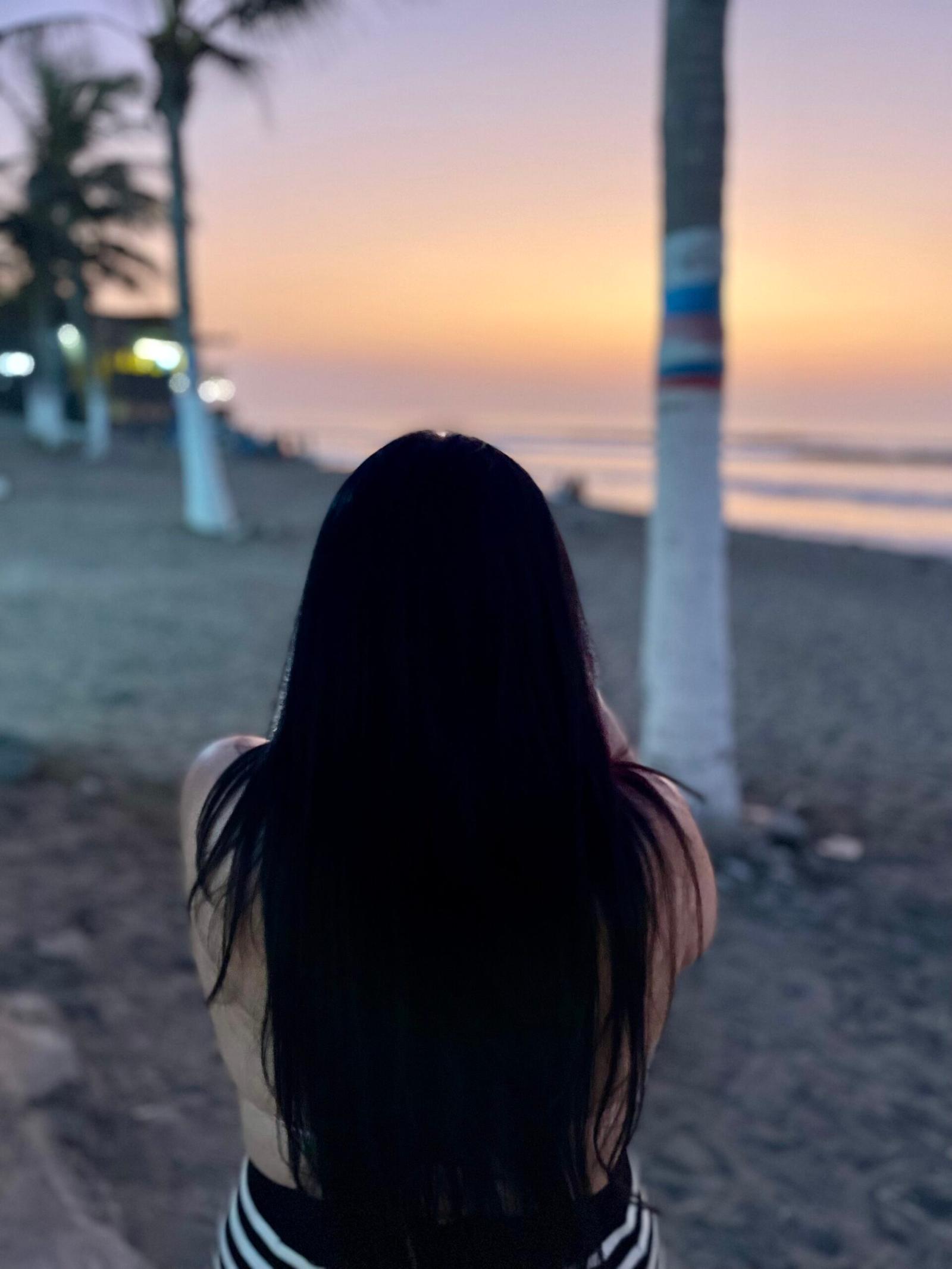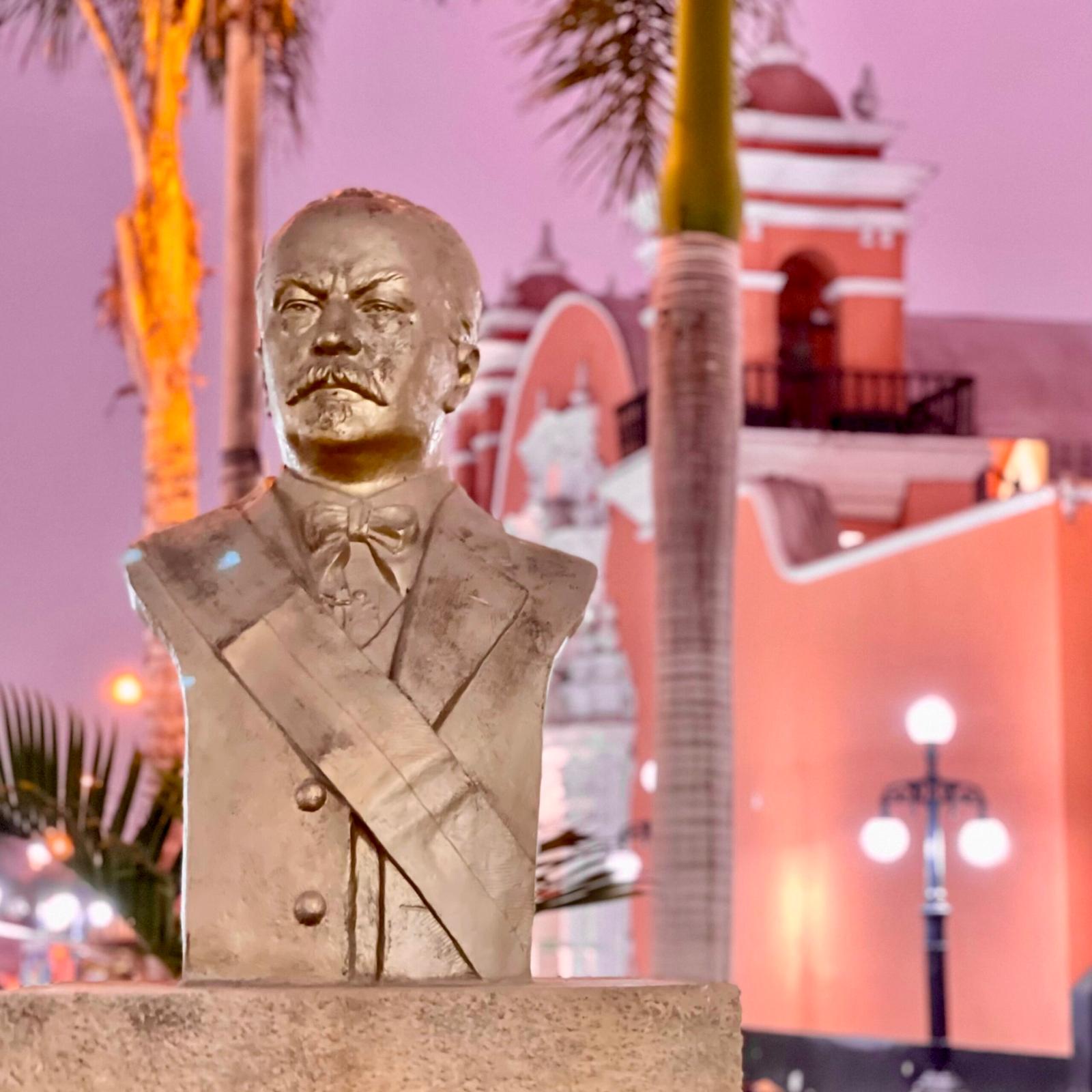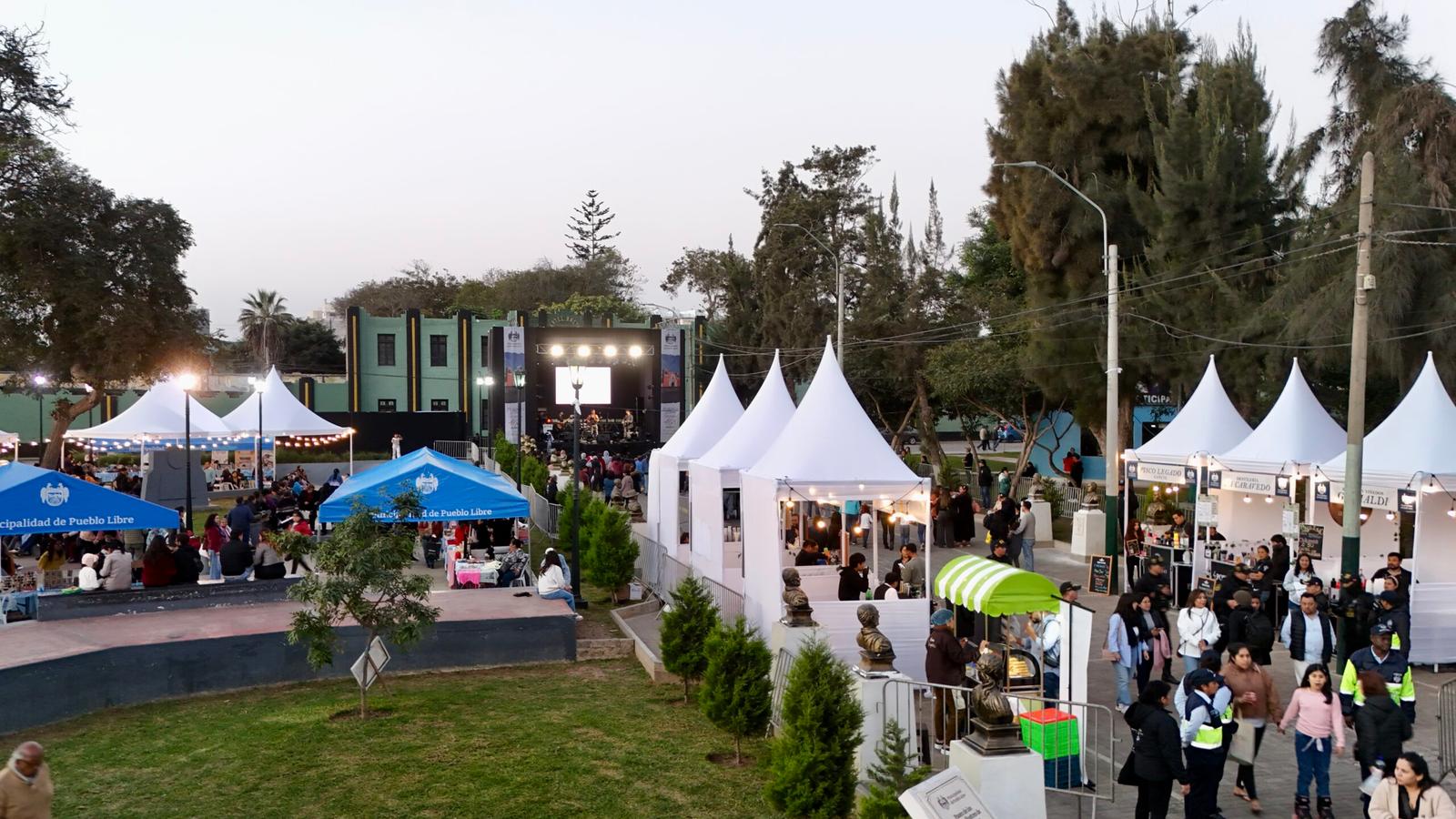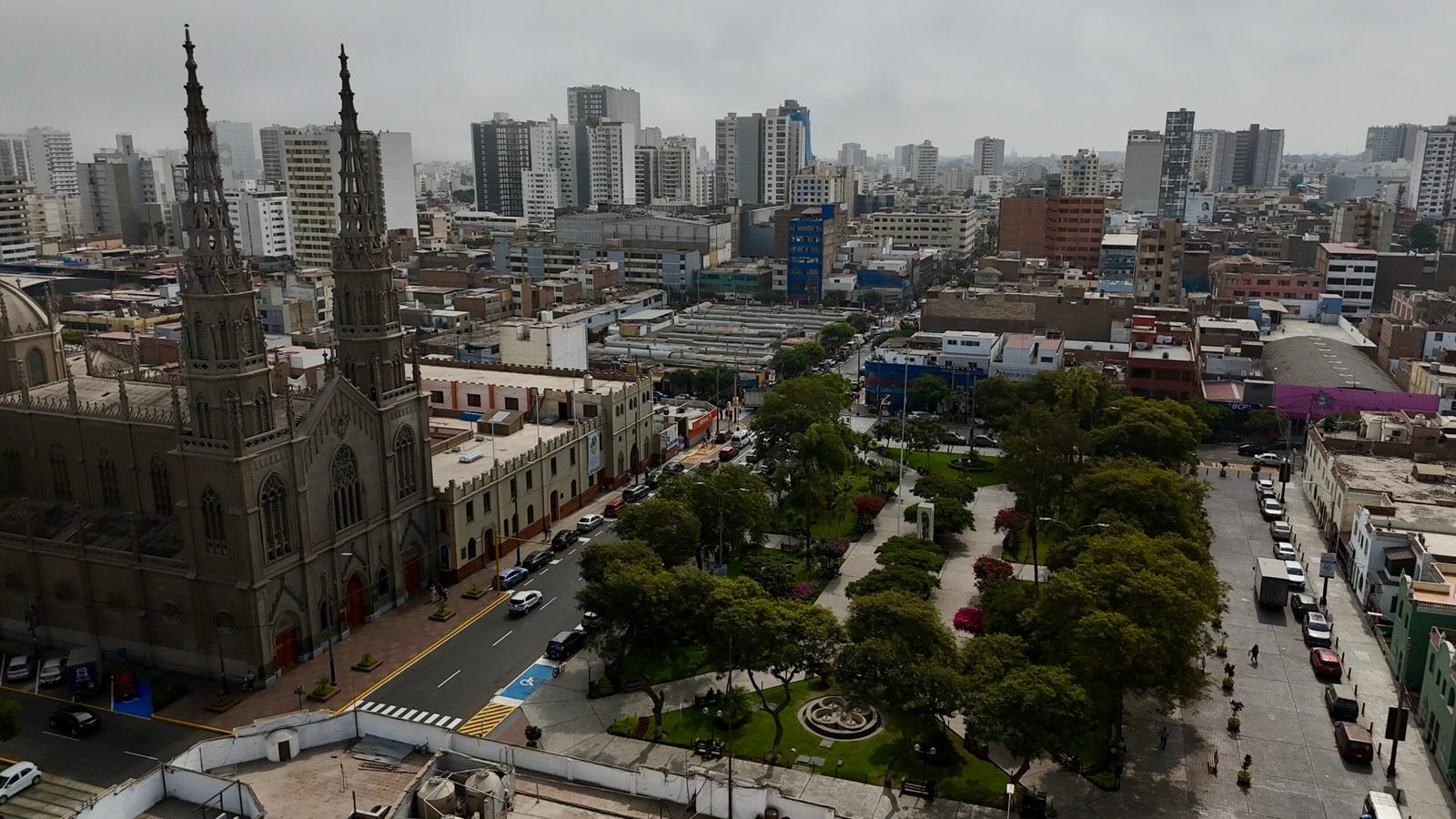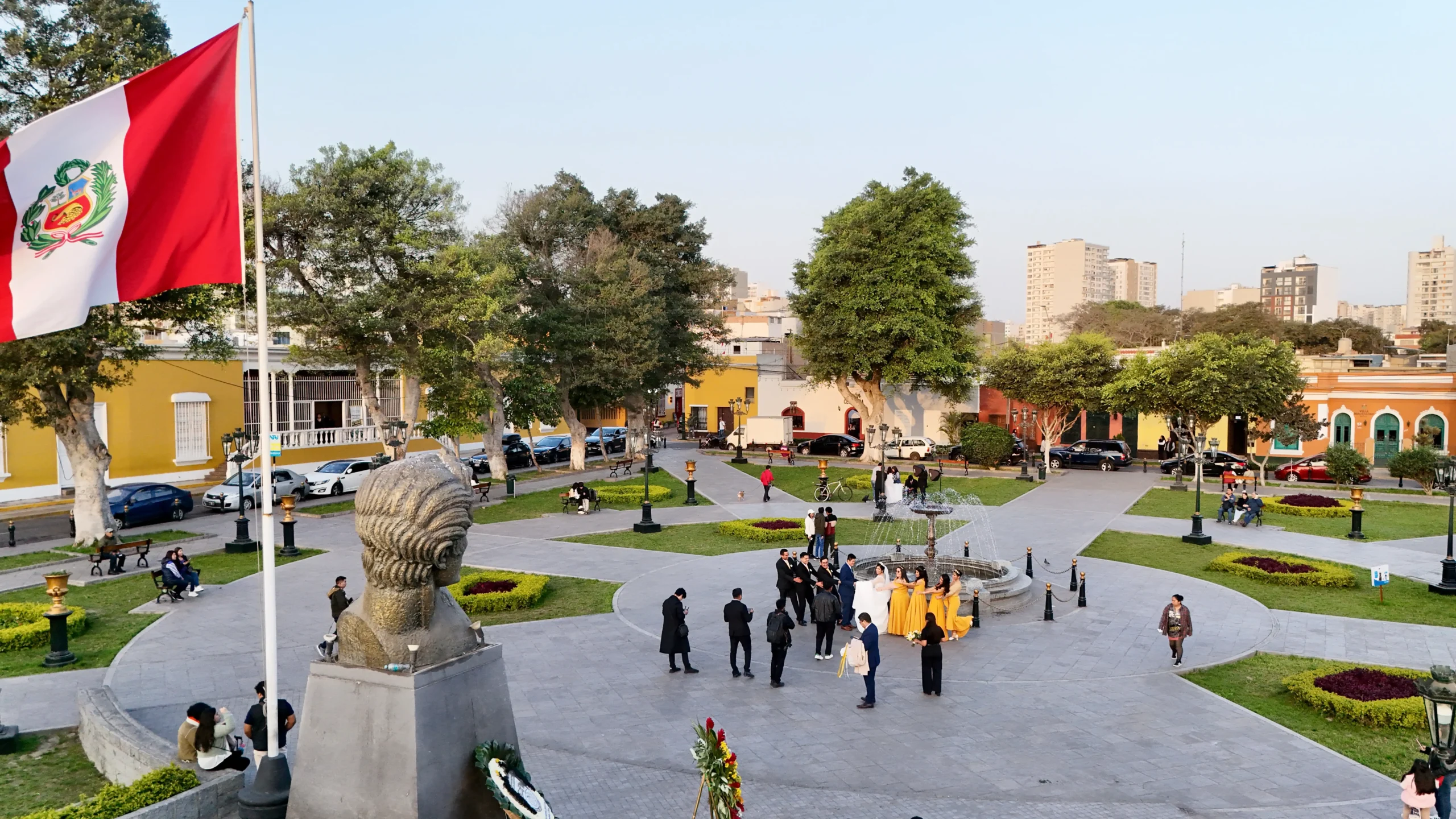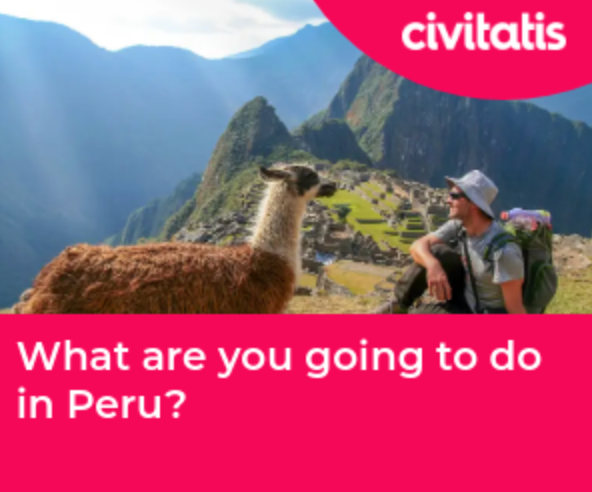Nestled within Lima, the district of Pueblo Libre holds a profound place in Peruvian and South American history. It’s known as the ‘Villa de los Libertadores’ – the Village of the Liberators – a tranquil yet pivotal stage for Peru’s struggle for independence.
Here, in Pueblo Libre the destinies of José de San Martín, Simón Bolívar, and the remarkable Manuela Sáenz intertwined. And it’s the only place on the continent that all 3 of these major figures of the South American independence movement were active.
The Historic Quinta de los Libertadores
At the heart of Pueblo Libre’s historical significance stands the Quinta de los Libertadores. This grand country house originally belonged to Joaquín de la Pezuela, who was the second-to-last viceroy of Peru.
In July 1821, General José de San Martín, the Liberator of the South, made this estate his headquarters. From these grounds, he strategically planned Peru’s independence. While the strategy was forged here, the momentous proclamation itself was famously delivered in Lima’s main Plaza de Armas on July 28, 1821.
Today, the Quinta de los Libertadores is a distinct historical landmark. And an integral wing of the Museo Nacional de Arqueología, Antropología e Historia del Perú. Visitors can explore this pivotal piece of history firsthand.


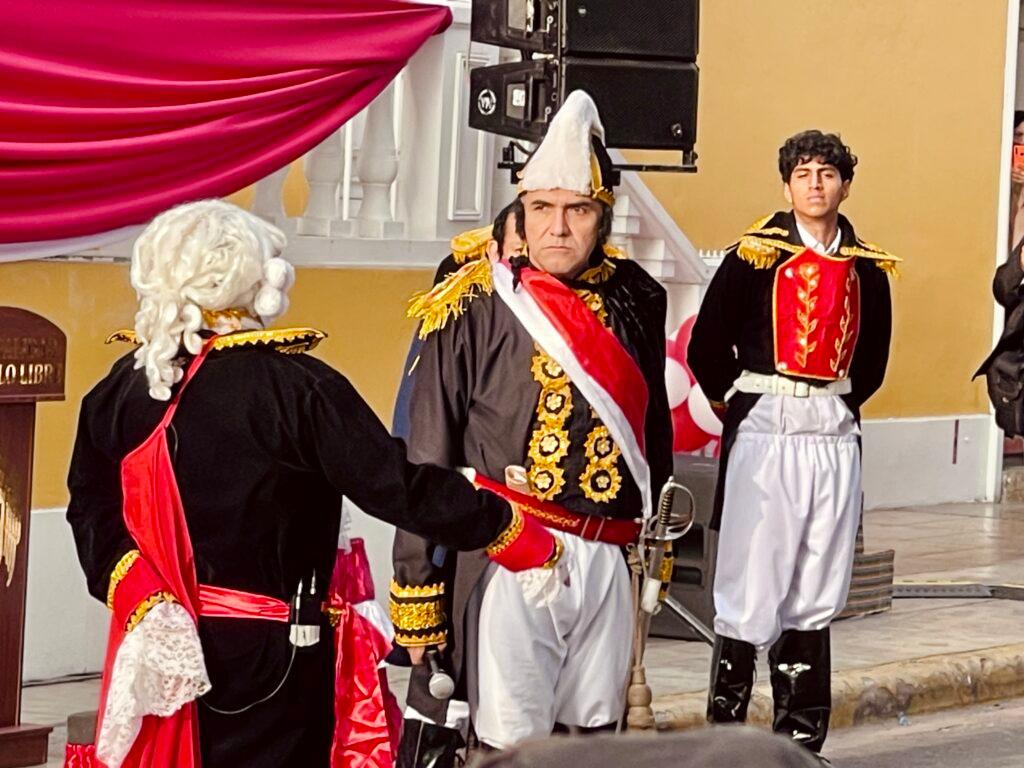
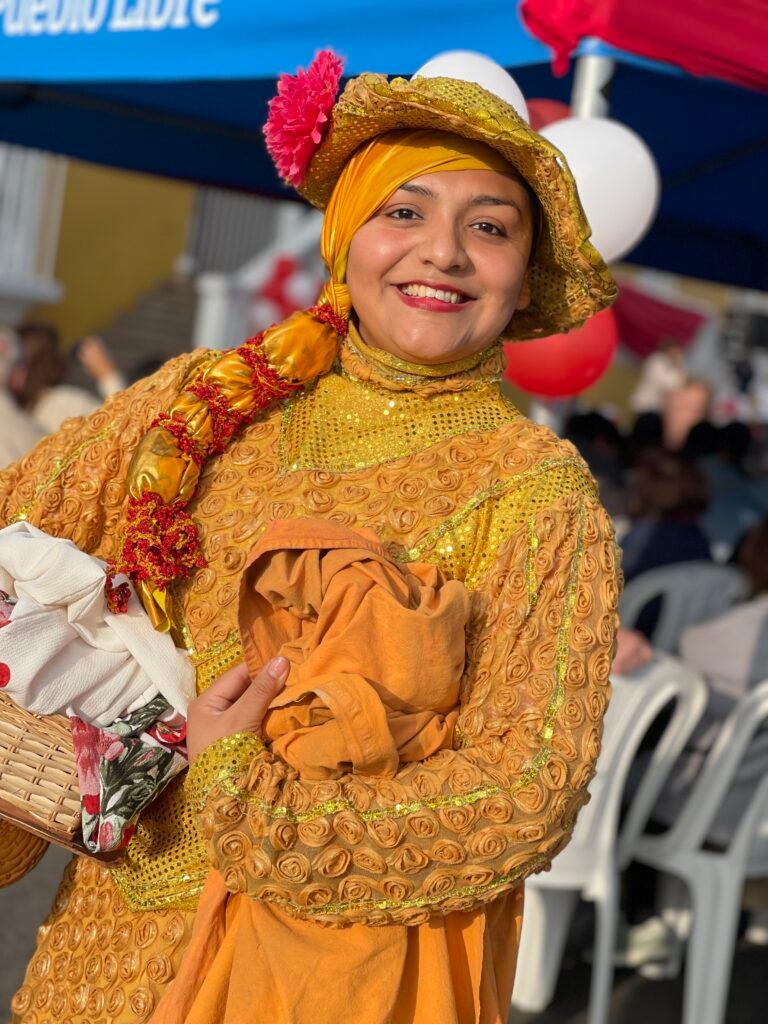
Manuela Sáenz: The Indispensable Pathfinder
San Martín’s entry into Lima was significantly aided by the courageous and meticulous efforts of Manuela Sáenz. A fervent patriot, Sáenz displayed extraordinary intellect and bravery. She worked tirelessly within the royalist stronghold, engaging in espionage, gathering crucial intelligence, and organizing support networks among Lima’s populace.
Her most impactful contribution was her clandestine work that helped lead to the defection of a substantial portion of the Numancia regiment from the royalist army to San Martín’s Patriot forces. This was a critical blow to Spanish morale and power.
Recognizing her invaluable efforts, José de San Martín personally awarded her the prestigious Order of the Sun. At this time, her residence in Lima was notably located just a few doors down from the Quinta de los Libertadores, on Plaza Bolivar. Placing her at the very epicenter of revolutionary activity in Peru.
Note: Manuela Sáenz former residence on Plaza Bolivar is now a cultural museum. The house itself stands at one end of Plaza Bolivar. It looks out across the plaza and over the original 1742 fountain taken from Lima’s Plaza de Armas. And if you look closely, you’ll notice that forever looking back, is a bronze bust of Simón Bolívar.
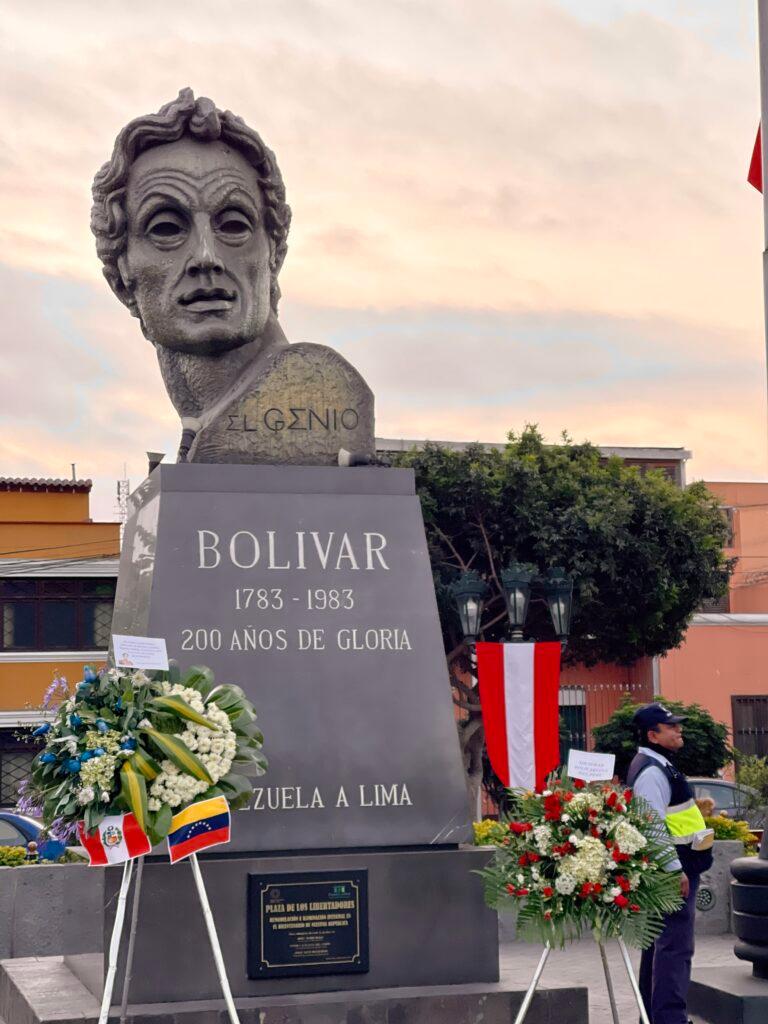
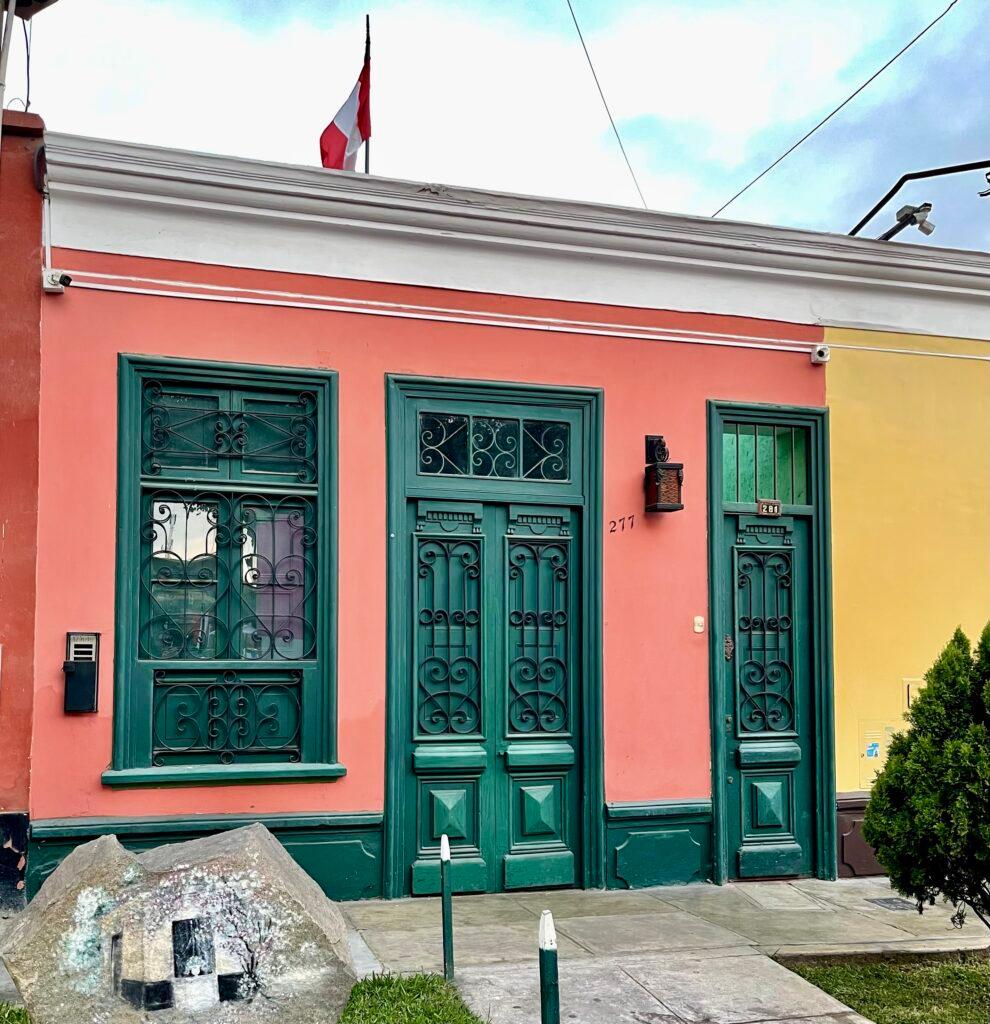
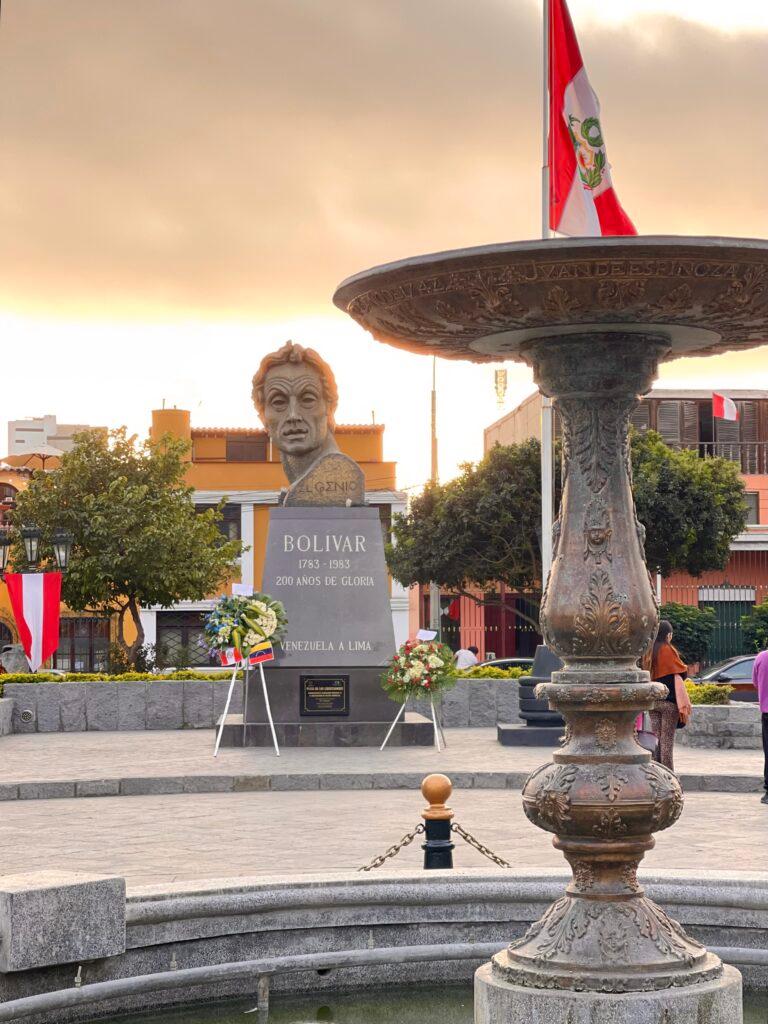
Bolívar’s Arrival and Sáenz’s Enduring Legacy
Manuela Sáenz’s journey with the liberators continued with Simón Bolívar, the Liberator of the North, who arrived in Peru in 1823 to complete the liberation process. Their profound and legendary relationship began earlier, with their first famous meeting occurring in Quito in 1822, around the time of the Guayaquil Conference.
Their bond was deep, characterized by an intense intellectual connection, unwavering political partnership, and a passionate personal relationship. Sáenz became Bolívar’s loyal companion, confidante, and indispensable aide-de-camp. She accompanied him on campaigns and fearlessly stood by his side until his dying day.
It was Bolívar who truly recognized her extraordinary courage and dedication. Bolívar famously calling her the “Libertadora del Libertador“ (Liberator of the Liberator) for her actions, including saving his life. During his time in Lima, Bolívar also resided in the Quinta de los Libertadores. Further cementing Pueblo Libre’s status as a true ‘Villa de los Libertadores.’
Note: Manuela Sáenz was herself an active combatant. She lead from the front. Often dressed in a colonels uniform and with her two freed black slaves by her side dressed in soldiers uniforms. She fought in the battle of Ayacucho.
An Enduring Historical Legacy
Today, Pueblo Libre remains a vibrant testament to this monumental period. The Quinta de los Libertadores stands as a powerful reminder of the strategic decisions made within its walls by both San Martín and Bolívar, aided by Sáenz.
The streets of Pueblo Libre still echo with the footsteps of those who championed freedom. The district is not just a geographical location, but a cherished repository of the spirit of independence and the intertwined legacies of San Martín, Bolívar, and the indomitable Manuela Sáenz, who truly earned her place among the South American continents greatest heroes.
Note: In 2007, her exile was lifted and Manuela Sáenz was posthumously designated an Honorary General of the Republic of Ecuador. And in 2010 her remains were exhumed and she was reburied next to Simón Bolívar in Caracas, Venezuela. Thereby reuniting them for all time, 180 years after they were separated by Bolívar’s death.
